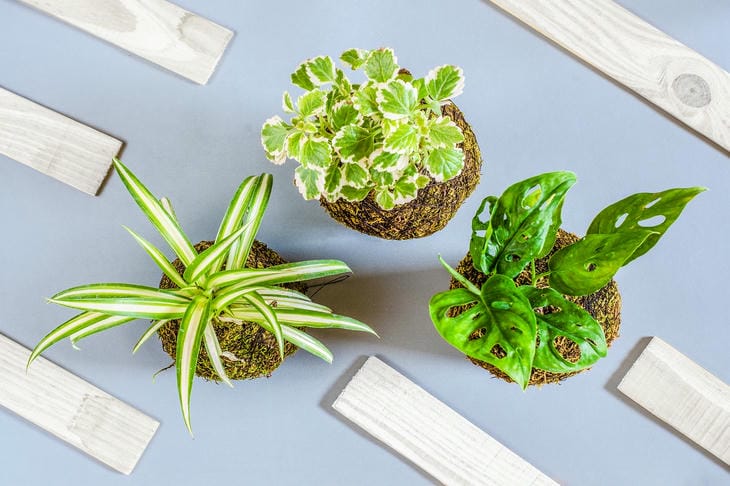What to do if indoor plants have dry leaf tips: simple solutions
Yellowing and drying out of the tips of leaves on indoor plants indicates that the plant is not feeling well.
The reasons for this condition can be different: from improper watering to a lack of nutrients.
The main causes of the problem
Insufficient air humidity is considered the most common cause of leaf tips drying out.
Modern heating systems create too dry an atmosphere in the room, especially in winter.
Plants suffer from a lack of moisture in the air, which is primarily evident at the tips of the leaves.

Incorrect watering
Violation of the watering regime leads to serious problems. Drying out the soil or excessive watering are equally harmful to plants.
It is important to find the right balance, taking into account the needs of a particular species. The soil should be moderately moist, without stagnant water in the tray.
Water quality
Tap water often contains excess salts and chlorine, which accumulate in the soil and cause root burns.
You should use settled water at room temperature or filtered water. Rainwater is also suitable for watering indoor plants.
Lighting and temperature conditions
Inappropriate growing conditions can cause problems with leaves. Direct sunlight can cause burns, and lack of light weakens the plant. Temperature fluctuations and drafts also negatively affect the condition of the foliage.
Nutrition and feeding
Nutrient deficiency manifests itself as yellowing and wilting of leaves.
Regular fertilizing with complex fertilizers will help prevent this problem. It is important to observe the dosage and take into account the season when applying fertilizers.
Pest control
The presence of insect pests can cause damage to leaves. It is necessary to inspect the plants regularly and apply appropriate preparations if signs of infestation are detected.
Preventive treatment will help prevent the appearance of pests.
Recovery methods
A comprehensive approach is required to save the plant. Removing the affected parts of the leaves with sharp scissors will prevent the problem from spreading.
Creating optimal growing conditions will help the plant recover.
Preventive measures
Proper organization of care will help to avoid problems with leaves in the future. Regular spraying, use of humidifiers, timely watering and fertilizing will create favorable conditions for the growth and development of plants.
Features of care for different species
Different types of plants require an individual approach.
Tropical plants need high air humidity, succulents prefer moderate watering, and ferns do not tolerate direct sunlight. Knowing the characteristics of a particular species will help organize proper care.
For reference
Houseplants are plants that are grown indoors and in public spaces. Most houseplants come from the tropics and subtropics.
